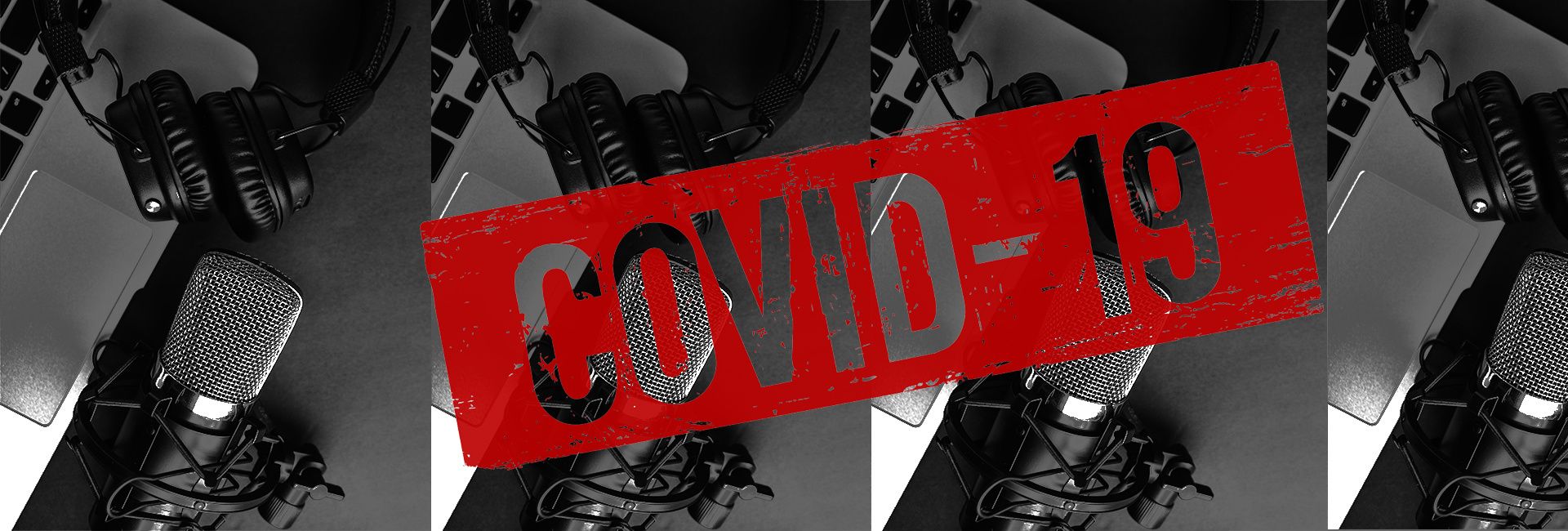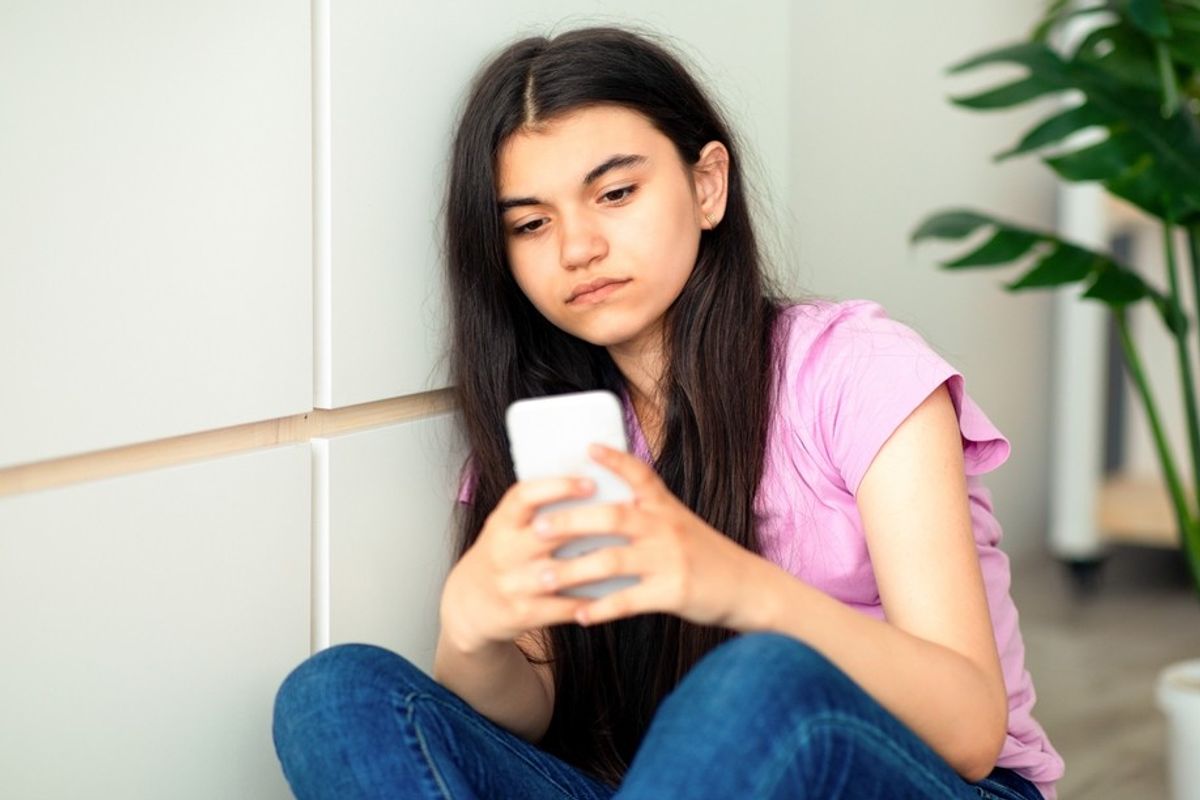With two award-winning jazz musicians in conversation, computer audio via Zoom didn't seem to do them justice. Here's how we did it.
Podcasts are often recorded in person in a studio, making for seamless audio episodes. However, with the social distancing restrictions in place due to COVID-19 in 2020, only two people at one time are currently allowed in the UNSW podcasting studio.
So, our podcast was recorded in four different locations, with varying acoustic levels and quality, using whatever equipment we had available. We then assembled these tracks to match, as best we could, the sound quality of a podcast recorded in a studio.
Getting the proper equipment
Before recording, we (Chelsea Young and Isabel Song) had to ensure all four participants had access to recording equipment that would deliver reasonable audio quality. While both of our guests, jazz musicians Sandy Evans and Ellen Kirkwood , had professional USB microphones, we needed to each create a home set up that would match the audio quality of their microphones.
We borrowed Rode lapel microphones from UNSW's Technical Resource Centre, sound checking the mikes against our laptop configurations before taking them home to each create a recording set up. We picked these mics up from the UNSW Kensington campus, which for Isabel, was her first time back since face-to-face classes shifted online early in the pandemic. Despite Sydney's low infection case rate at present, we were both wearing masks.
Recording
When it came to actually recording the podcast, we decided, with advice from Krisjoe Fuertes at UNSW IT, to record four separate audio files in our four locations whilst we talked together via Zoom.
Because Zoom automatically compresses audio on a call we knew the quality would not be of the standard that we required. The best solution we came up with was to have each participant record their own audio file using Audacity or a similar audio program. This meant that we could have a conversation together, but each person recorded their own responses. We then brought the four elements of the conversation together, to be layered as a 45 minute multi-track master file from which 20 minutes of conservation was edited to create the podcast conversation.
In order for this to work, it was essential that each participant had a microphone of reasonable quality and successfully recorded their own voice. We also made it easier to sync up the tracks in our home editing suite (ie our laptops) by pressing record at the same time.
Bandwidth was another issue we dealt with on the day of the interview. Chelsea had connection issues at home on the morning of the taping and we were concerned about the possibility of her lagging or dropping out of the Zoom meeting while the recording was taking place. To counter this, Chelsea participated in the call without video and linked up to her phone's Hotspot rather than home wifi for the best internet connection.
We experienced some audio issues during the recording process. We had hoped to play part of the award-winning "Bridge of Dreams" performance and then discuss it but realised Sandy could not hear the music played on our devices over the Zoom call. This meant the music had to be edited in after the interview but also that the conversation stalled as we tried to work around technical issues.
Editing
In order to edit the podcast we first had to transcribe the 45-minute podcast conversation. This would normally have been done from the Zoom recording of the interview, but in a glitch, the session did not record, so we had to first sync the four individual tracks into one master track for transcription. Once completed we split the audio into two halves and edited out the unnecessary filler words such as "um" and "you know", the awkward pauses and added the jazz music interludes into the podcast.
It took an afternoon to transcribe the podcast and multiple hours over a span of two weeks to edit the episode. After an initial edit on paper, we worked by ear, making cuts, rerecording links where necessary and refining how much music to include within the finished podcast. When we had brought the podcast down to 25 minutes, we took it back to Krisjoe for his critical assessment on audio quality and suggestions on ways to improve it. He noted the quality of the USB mikes used by Sandy and Ellen had produced a cleaner sound than the lapel mikes we had used. As a result, Chelsea rerecorded her introduction, holding her lapel mike closer to her face, to improve the quality of the sound in the opening 30 seconds.
Krisjoe then assisted by adding filters to the voice tracks of Chelsea and Isabel to bring their sound levels and audio quality closer to that of Ellen and Sandy's audio files.
Thinking about all the extra hurdles we faced on this project due to COVID, the process of creating this podcast was tedious and difficult but the end result was a much better best quality podcast for our listeners, so it was worthwhile.
Chelsea is a Media and Journalism Student, with an interest in writing, editing and being outside when she's not working in Marketing for a recruitment agency.






As a checkout chick, I'm used to rudeness. But I can't bear the threats and violence